In April 1985, The Damned’s Dave Vanian was speaking with Janice Long on her BBC Radio 1 show. He said “Barry Ryan and Paul Ryan have been sadly forgotten. Everyone waxes lyrical about Scott Walker which is marvellous but this is absolutely superb. There’s a tension in there, it starts off pretty but it grabs you after a while.”
He was introducing Barry Ryan’s 1968 hit “Eloise,” so explosive an orchestral pop record it threatened to obliterate any record player on which it was played. The Damned duly recorded their own version and, after its January 1986 release as a single, it hit number three in the charts. Back in autumn 1968, Barry Ryan’s original had climbed to number two in the Record Retailer charts. It hit the top spot on NME’s chart. Also a smash in continental Europe, it set-up Ryan for a career in Germany with a greater staying power than in his home country.
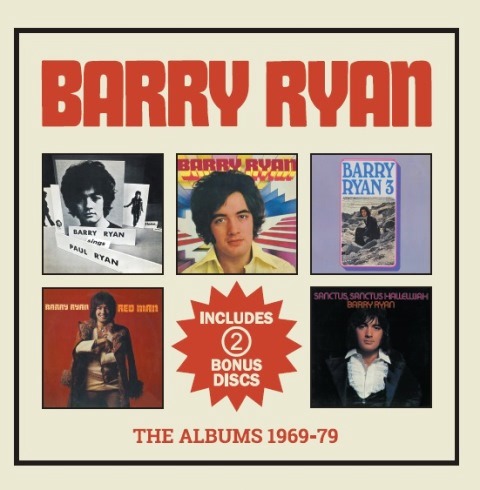 Dave Vanian’s assessment made sense. Barry Ryan and Scott Walker were both about musical drama and each made records, whether knowingly or unwittingly, shot-through with a windswept Northern European sense of extremes – records with a squalliness akin to the arrival of an unforeseen storm. Yet Barry Ryan was never – and never became – as cool as Scott Walker. Otherness was lacking. So was a determination of this as highbrow music. Instead of being acknowledged as an auteur, Barry Ryan was a singer of songs.
Dave Vanian’s assessment made sense. Barry Ryan and Scott Walker were both about musical drama and each made records, whether knowingly or unwittingly, shot-through with a windswept Northern European sense of extremes – records with a squalliness akin to the arrival of an unforeseen storm. Yet Barry Ryan was never – and never became – as cool as Scott Walker. Otherness was lacking. So was a determination of this as highbrow music. Instead of being acknowledged as an auteur, Barry Ryan was a singer of songs.
The five-CD clamshell box set The Albums 1969-1979 helps explain why Barry Ryan never achieved tastemaker traction. It also explains why he really should have. His five albums (the first from 1969, the last from 1972) are included on the first three discs. The final two discs collect single-only tracks, German-language versions and previously unreleased material. The booklet’s insightful and sympathetic essay is by author and Saint Etienne member Bob Stanley. Barry Ryan, who died in 2021, is present via quotes from an interview undertaken 2017.
In that 2017 interview, Barry told Jason Barnard “I’m a hard man to track down. But the thing is I do very, very few shows these days. I don’t really like the public like that much anymore, to be frank with you. I’m quite happy to stay fairly private and low key. So if you’ve tracked me down I’m seriously impressed.” Ambivalence about his former life as a pop star was not understated.
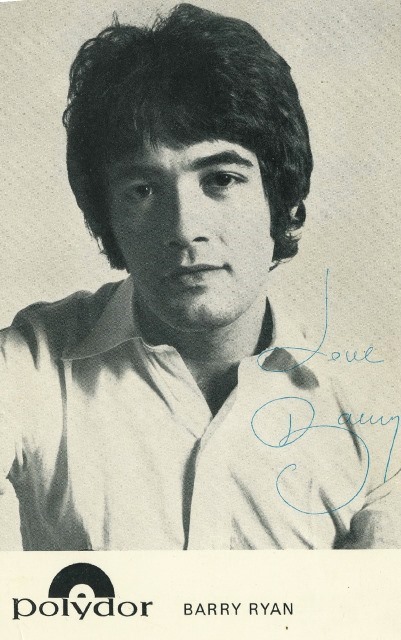 Barry Ryan first came into the public eye because he and his twin brother Paul (both born 24 October 1948 – Paul died in 1992) were the sons of Marion Ryan, who was ubiquitous on British TV from the late 1950s. Her records charted. The first Paul and Barry Ryan single arrived in October 1965. There were some middle-level hits but their records didn’t project a strong identity. Initially, they were on Decca, where one of their arranger-producers was Ivor Raymonde – who’d had the same role with The Walker Brothers. In autumn 1967, they shifted to MGM. Early in 1968, Paul had enough of touring and trying for the spotlight so he decided to step back and be a songwriter for his brother. Up to this point, the bulk of their material was written by British music business old hands such as Peter Callander, Mike Leander, Chas Mills, Les Reed (who also arranged and produced the duo) and Geoff Stephens. Interestingly, one of their singles was produced by maverick former Searchers member Chris Curtis, who also contributed a co-written B-side to another of their singles. Paul Ryan had not so far shown himself to be a songwriter. There was no sign of what was to come. (pictured left, Barry Ryan in 1969)
Barry Ryan first came into the public eye because he and his twin brother Paul (both born 24 October 1948 – Paul died in 1992) were the sons of Marion Ryan, who was ubiquitous on British TV from the late 1950s. Her records charted. The first Paul and Barry Ryan single arrived in October 1965. There were some middle-level hits but their records didn’t project a strong identity. Initially, they were on Decca, where one of their arranger-producers was Ivor Raymonde – who’d had the same role with The Walker Brothers. In autumn 1967, they shifted to MGM. Early in 1968, Paul had enough of touring and trying for the spotlight so he decided to step back and be a songwriter for his brother. Up to this point, the bulk of their material was written by British music business old hands such as Peter Callander, Mike Leander, Chas Mills, Les Reed (who also arranged and produced the duo) and Geoff Stephens. Interestingly, one of their singles was produced by maverick former Searchers member Chris Curtis, who also contributed a co-written B-side to another of their singles. Paul Ryan had not so far shown himself to be a songwriter. There was no sign of what was to come. (pictured left, Barry Ryan in 1969)
The not-so memorable B-side of the first solo Barry Ryan single was written by Paul. Next up was “Eloise,” Paul’s true calling card as a songwriter. Its inspiration was “MacArthur Park.” There was a shift from MGM to Polydor in late summer 1969, which may – as Polydor was a German-originated label – explain how Barry entered the German market when none of “Eloise’s” follow-ups charted high in the UK. In due course, the third, fourth and fifth Barry Ryan albums did not secure a British release – he fell off the map in his home country.
Following “Eloise,” the run of singles included “Love is Love,” “The Hunt,” “Magical Spiel,” “Kitsch” and, in Germany, “Red Man,” “Can't Let You go” and “Sanctus, Sanctus, Halleluja” (sic). All are as astonishing as “Eloise.” Yet all are also so dramatic as to be far beyond the templates of standard pop – they were too much, too intense to easily complement what else was being promoted as the UK’s sounds of the day. Too idiosyncratic. Kitsch. This is the core of why Barry Ryan was never lauded like Scott Walker. Furrowed-brow intellectual analysis was lacking, despite these records being artworks of the highest order. Nonetheless, Freddie Mercury was paying attention and he used “Eloise” as a benchmark to argue the case about the release of “Bohemian Rhapsody” with his hesitant record label
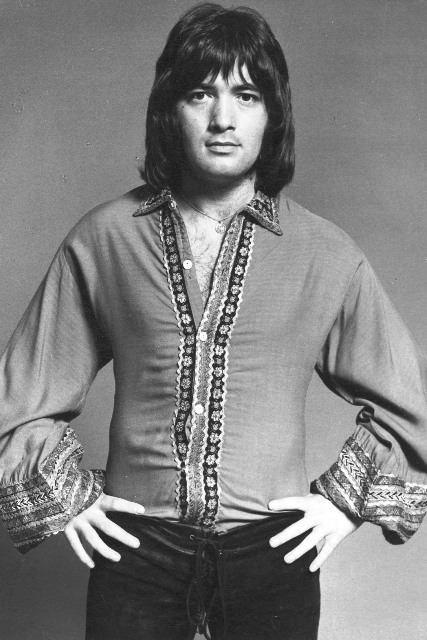 Taken overall The Albums 1969-1979 is, unsurprisingly, hard to digest. It is a lot of Barry Ryan. The first two albums, Barry Ryan Sings Paul Ryan and Barry Ryan, are unalloyed wonders: two of the greatest albums the UK generated in the late Sixties. Barry Ryan 3 and Red Man are patchier but still, in the main, mouth-watering. The fifth album, Sanctus Sanctus Hallelujah, is, as Bob Stanley notes, the least coherent as it cobbled-together single tracks and bits-and-pieces. This is the only album to treat with care. It’s an eye-opener to learn that some of what was gathered up for Sanctus Sanctus Hallelujah was recorded with a rock band named Verge which was managed by Status Quo’s Alan Lancaster. No longer entirely reliant on his brother's songs Barry Ryan wanted to get heavy, and heavy he got. Stanley notes “Storm is Brewing’s” similarity to Deep Purple and “Slow Down’s” evocation of Black Sabbath. At this time, 1972, shades of the more typical sensibility taken by Barry Ryan with his brother’s songs were seeping into Roxy Music. (pictured right, Barry Ryan in 1969)
Taken overall The Albums 1969-1979 is, unsurprisingly, hard to digest. It is a lot of Barry Ryan. The first two albums, Barry Ryan Sings Paul Ryan and Barry Ryan, are unalloyed wonders: two of the greatest albums the UK generated in the late Sixties. Barry Ryan 3 and Red Man are patchier but still, in the main, mouth-watering. The fifth album, Sanctus Sanctus Hallelujah, is, as Bob Stanley notes, the least coherent as it cobbled-together single tracks and bits-and-pieces. This is the only album to treat with care. It’s an eye-opener to learn that some of what was gathered up for Sanctus Sanctus Hallelujah was recorded with a rock band named Verge which was managed by Status Quo’s Alan Lancaster. No longer entirely reliant on his brother's songs Barry Ryan wanted to get heavy, and heavy he got. Stanley notes “Storm is Brewing’s” similarity to Deep Purple and “Slow Down’s” evocation of Black Sabbath. At this time, 1972, shades of the more typical sensibility taken by Barry Ryan with his brother’s songs were seeping into Roxy Music. (pictured right, Barry Ryan in 1969)
The heaviness was a phase though. While some of the 1975 to 1977 singles on Disc Five are winners – prime amongst these are the luscious, harmony drenched 1975 B-side “The Summer’s Over” and the glammier tracks – the set’s final disc ends with a previously unissued album recorded in either 1978 or 1979 which is – at its best – very Bee Gees-esque.
It’s never before been possible to take in the whole of the solo Barry Ryan’s trajectory in one place and, for this alone, The Albums 1969-1979 is an important release. Moreover, despite the somewhat perfunctory packaging, this is the first diligent tribute to one of the greatest British pop stars and the music his brother wrote for him. A tall order maybe, but perhaps the unique musical world created by Barry and Paul Ryan may now be widely recognised for what it was – an example of British pop at its most creative. An indispensible release.
- Next week: Tomorrow's Fashions - Library Electronica 1972-1987. Library music gets to grips with synthesisers
- More reissue reviews on theartsdesk
- Kieron Tyler’s website

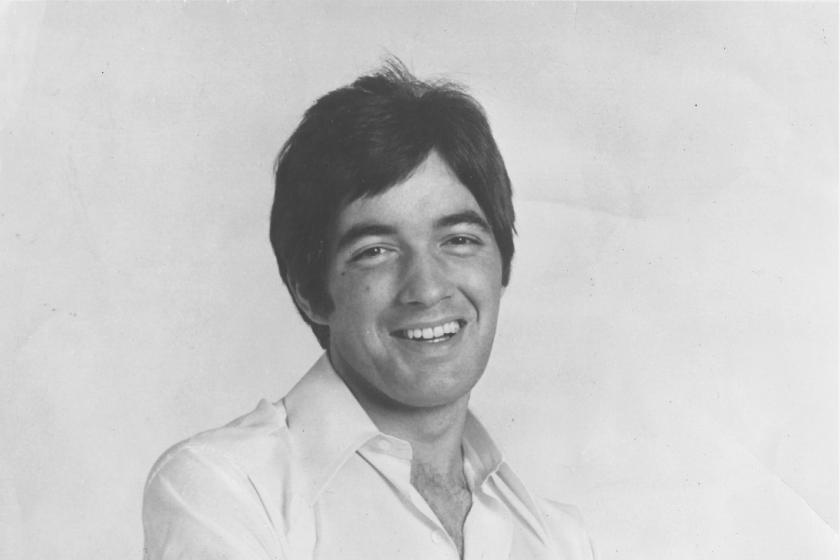

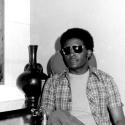
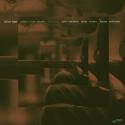



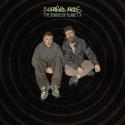

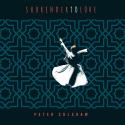




Add comment